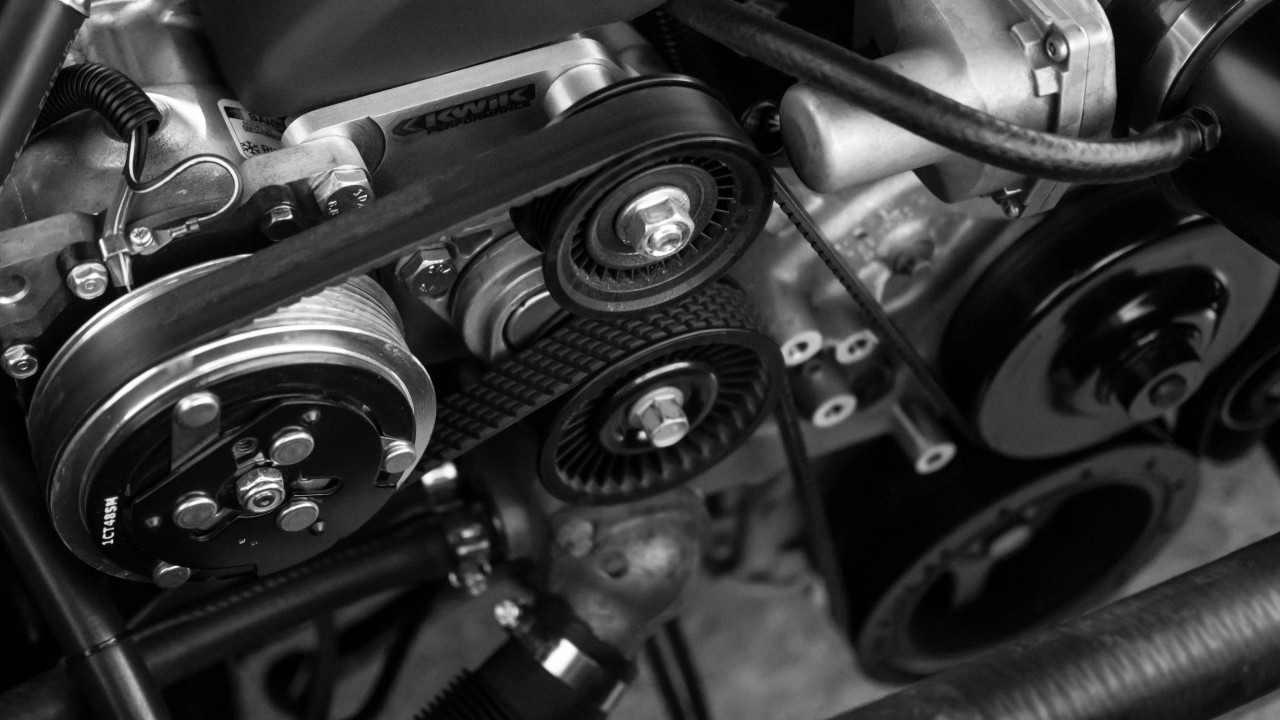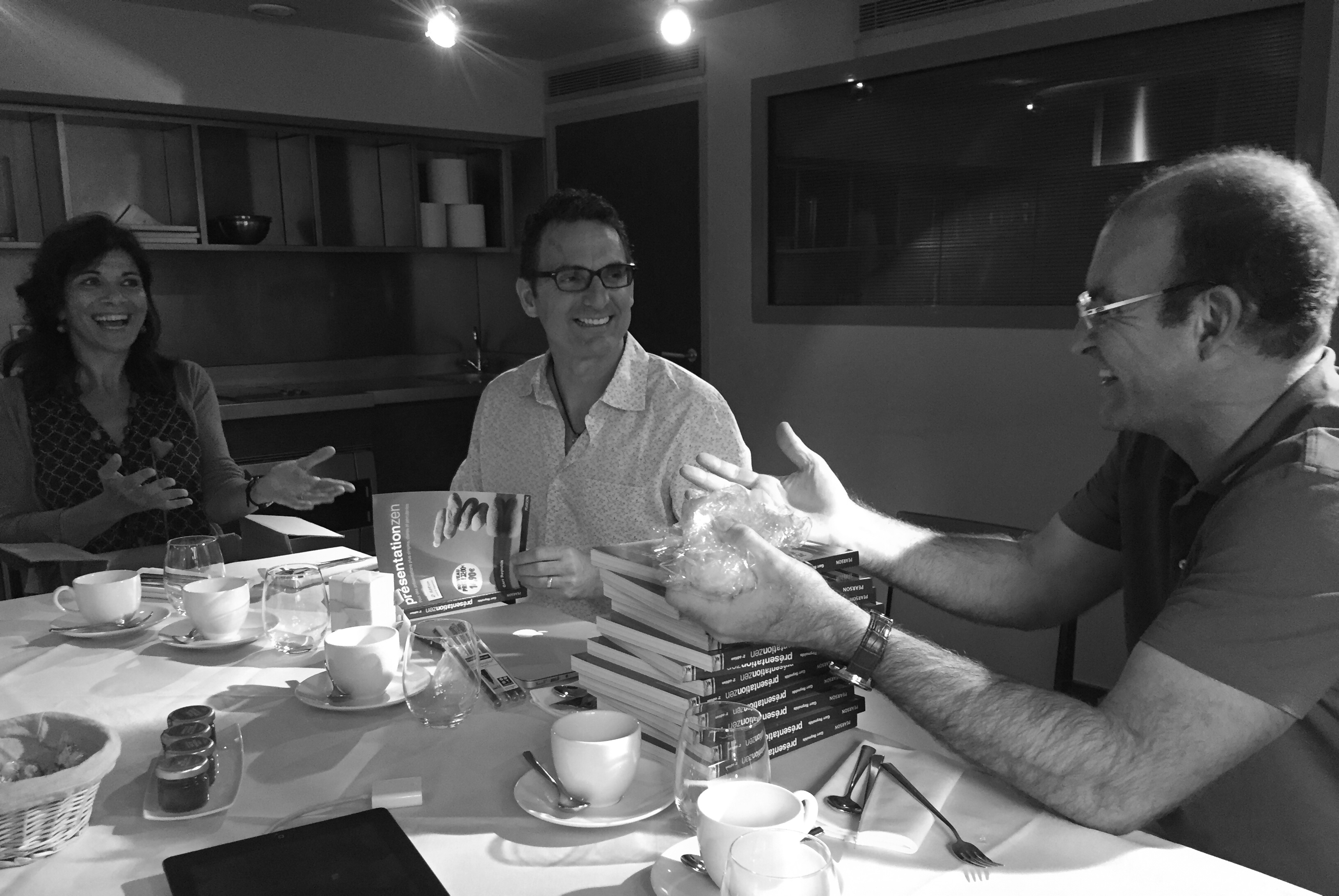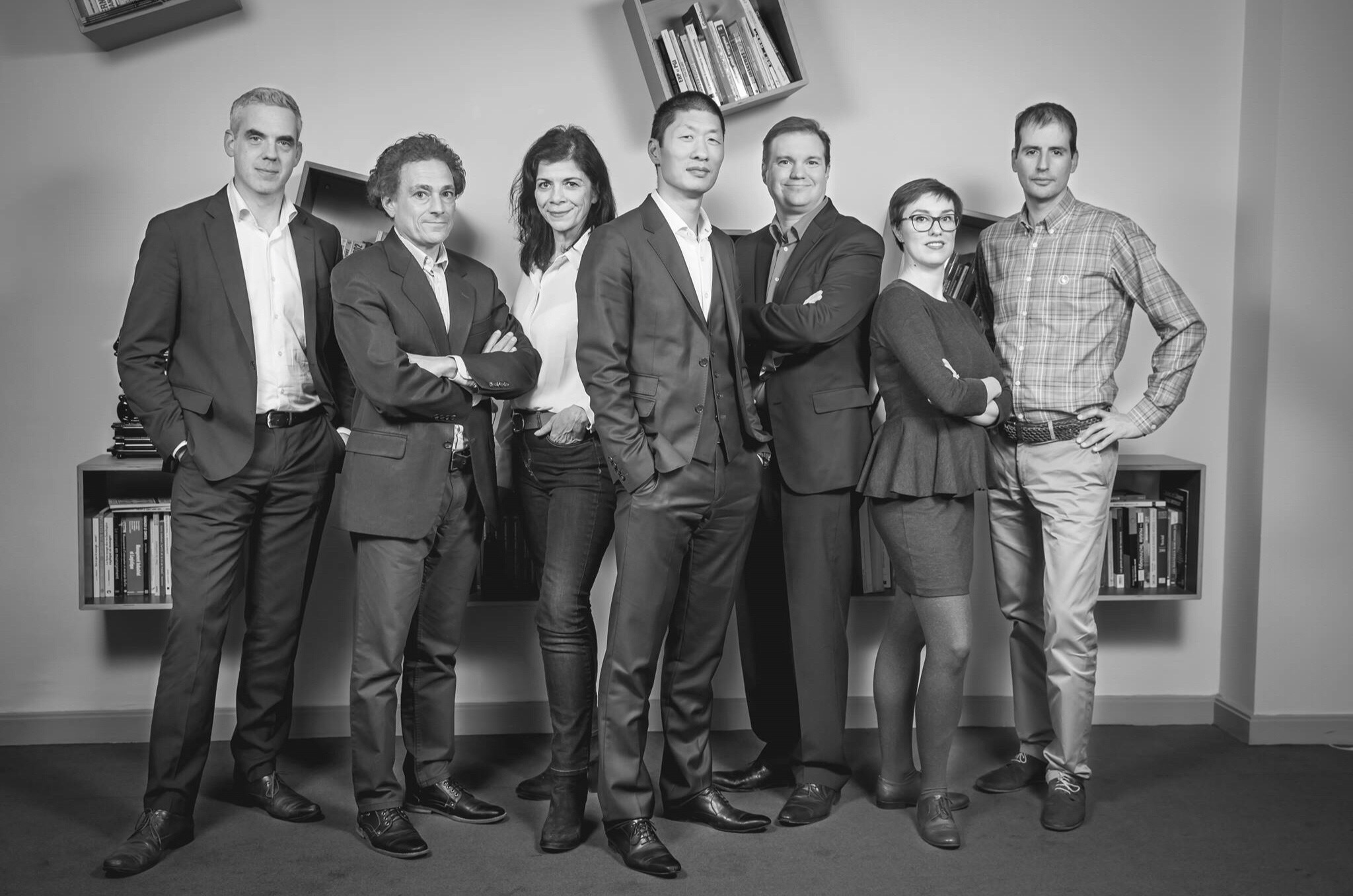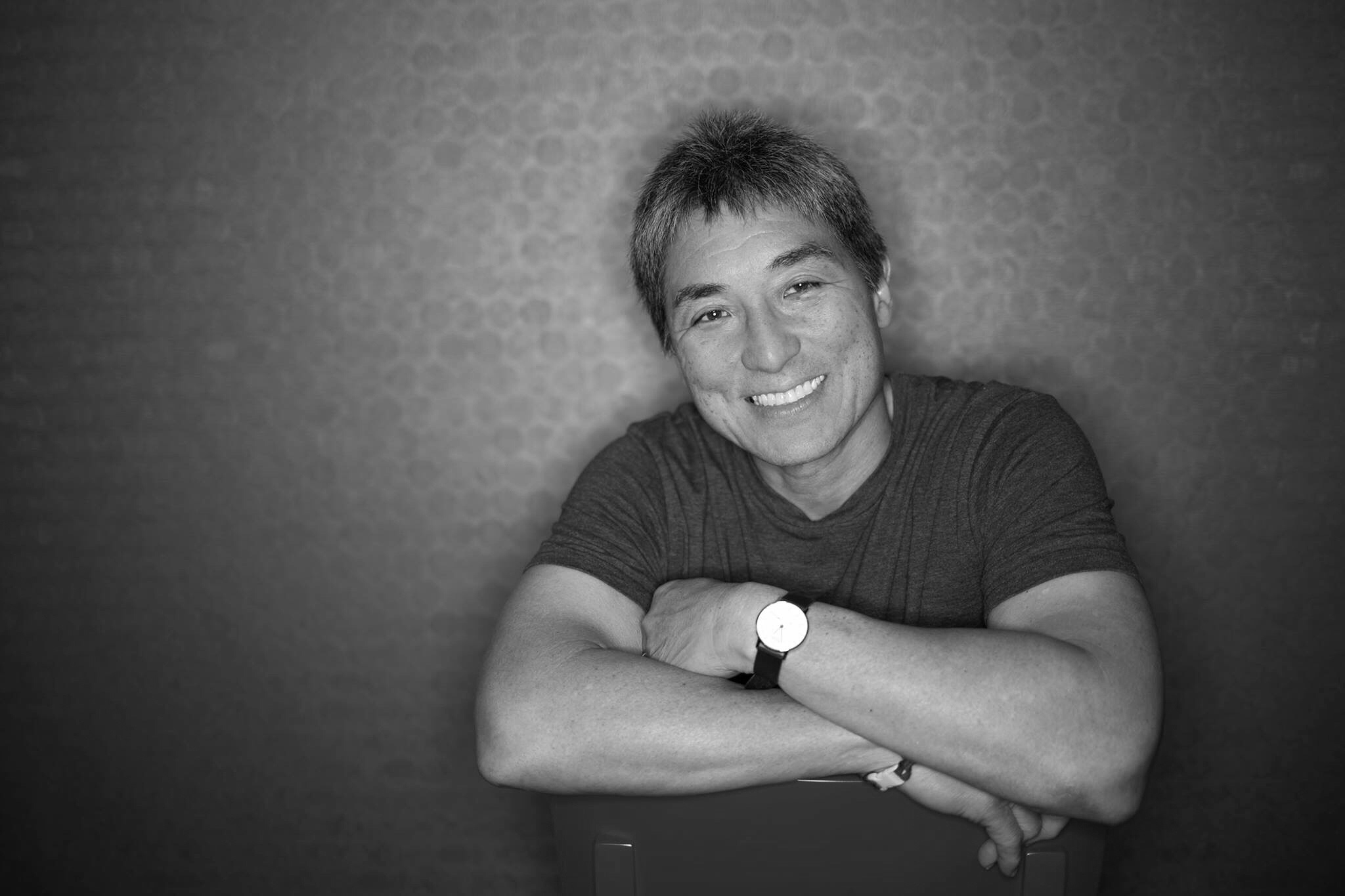Photo by great photographer Chad Kirchoff, www.unsplash.com, or on www.flickr.com/photos/89452564@N08/albums.
My Fantastic Tips For A High Class Structure For Your Presentation
“Don’t ask yourself what the audience can do for your presentation, ask yourself what your presentation can do for your audience.”
John F. Kennedy*
How can you give your presentation a structure that will it make more easier for you to deliver your message to your audience and help the people in your audience to change to the better and make this world a better place? That is a key question in the Art Of Presentation.
My Train Structure
This is a working metaphor (I love metaphors!) I often use with my students: Imagine you would have to assemble a passenger train: You need a locomotive for a starter, then you might want to add two or three first class wagons, then the restaurant coach, then three or four second class wagons, and finally another locomotive.
It’s similar with your presentation:
1. You need to start strong.
2. You also need a highlight in the midst of it.
3. And you have to end with something remarkable and memorable.
Moreover you must make it clear for your passengers at any time in which wagon they are and which wagon comes next (verbal waypoints).
Starting with “Welcome, my name is Peter Pan and the topic of my presentation today is … and these are the 23 points I am going to cover during the next 60 minutes” is not going to do the trick. People in the audience all around the world have the unpleasant tendency to be mainly interested in themselves and asking themselves all the time “So what?”. That is why they need a good reason in the very first minute of your presentation to listen to you. What they need from you is a “Listen up folks, this presentation is going to change your life to the better, so follow me on this short, amazing trip here, you are not going to regret it”.Always remember, you start with a bang and you end with a bang. So start your presentation with something really astonishing, throw the worm into the water, and just when your audience really wants to bite it, take it back and bore them with your name and overview. Then throw the worm back in and head to your highlight in the midst/ end of your presentation.
And this was our first possible structure, the Train Structure, or dog structure as Garr Reynolds would call it, given that every dog just like every presentation (and every train) has a beginning, a middle part and an end.
Marion Chapsal (Ideas On Stage), Garr Reynolds and me in Paris in 2015. Photo courtesy of Phil Waknell. Please visit www.garrreynolds.com and www.presentationzen.com.
But there are many other good structures for your presentation, so let me show you two more:
The Hollywood Structure
The Hollywood Structure is a dynamic structure that follows (almost) the script of a good Hollywood movie: Every scene must have an emotional loading different from the one before, that is after a scene with a positive loading inevitably follows one with a negative one, thus truly mirroring life’s varied pattern. Here it comes:
1. Ideal (Would would the best possible situation regarding your topic?) (+)
2. Reality (Alas, we are far away from that ideal, the real situation is bleak.) (-)
3. Reasons (These are the true reasons we haven’t reached the optimum yet.) (-)
4. Solution(s) (But there is hope, because we can get to the ideal by doing this.) (+)
5. Concrete steps (These are the steps we all can take to make the ideal come true) (+)
As you can see this presentation structure is really beautiful. It offers a remarkable balance between hope and despair or problem and solution and culminates in an happy ending based on feasible, realistic and concrete steps that everyone in the audience can take to change this world to the better.
This structure is used by Garr Reynolds, when teaching his students in Osaka and Oxford, by Ideas On Stage/ Phil Waknell with his clients in Paris, and I have used and taught it successfully over the years myself.
The team of Ideas On Stage In Paris (I am missing). My friend Phil Waknell is number three from the right. Photo courtesy of Ideas on Stage. Please visit www.ideasonstage.com.
So this was my second fantastic structure I wanted to offer you, and here comes the last (There are many more but as you might have noticed by now I am lazy):
The Start Up Structure
This presentation structure was developed by my great colleague Guy Kawasaki, who has become famous for his 10-20-30-Rule (10 slides maximum, 20 minutes maximum, 30 point font size minimum) and for having collected as first man on earth a trillion bonus miles as a keynote speaker orbiting constantly the world. It’s very good for start ups pitching for money (and what start up doesn’t want to pitch for money?) and here it is:
1. Title (Who are you, what is the name and address of your company?)
2. Problem/ Opportunity ( What pain are you alleviating/ what pleasure you provide?)
3. Value Proposition (Explain the value you provide to your clients)
4. Underlying Magic (SHOW the magic/ secret/ innovation behind your product)
5. Business Model (Explain why how you are going to convince people to buy what you offer)
6. Go-To-Market-Plan (How are you going to reach your customer?)
7. Competitive Analyses (What/ where is the competition your offer will face? Provide a Panorama!)
8. Management Team (Describe your firm’s key players)
9. Financial Projections And Key Metrics (Provide a detailed three years plan)
10. Current Status, Accomplishments To Date, Timeline, And Use Of Funds (How does your offer look now and how will it look in the near future with money from your audience)
Lots of details, not very emotional and a bit conservative, right? In my limited experience (with the Microsoft Incubator project for start ups in Paris, France) ten slides might be too many because a venture capital pitch in front of potential investors shouldn’t take more than five minutes. But Guy has an incredible working experience and if he offers this kind of advice I trust him to have good reasons.
The one and only Guy Kawasaki! Photo courtesy of Guy Kawasaki. Please visit www.guykawasaki.com.
Dan Roam’s Six Slide Structure or 6-6-Rule
Ah, one more thing, or better, one more structure for your presentation: In his bestselling book “Show and Tell” author and keynote speaker Dan Roam explains that you need only six slides for telling a good story/ making an interesting presentation:
1. Portrait (Who is doing what?)
2. Chart (How much is there to gain and to lose?)
3. Map (Where is everything located and are there overlaps?)
4. Timeline (How are/ will things develop over time?)
5. Flowchart (Causes and effects, who/ what influences whom/ what?)
6. Equation (What is the result/ the secret/ the moral of the story?)
Please visit www.danroam.com
And these were the great structures for your next presentations. Try them out and enjoy.
* The quote at the beginning of this page is, of course, no original one 😉



